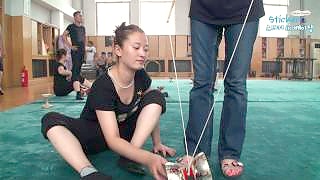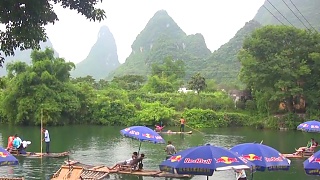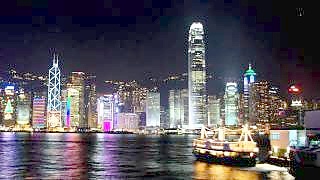
 HaiLongTun world heritage site, GuiZhou province
HaiLongTun world heritage site, GuiZhou province

Live more ...
 HaiLongTun world heritage site, GuiZhou province
HaiLongTun world heritage site, GuiZhou province

|
Sticker Travel drops in ...
|

|
With Walk East ...
|

|
Off the beaten track ... featuring sand-dunes, an amazing salt lake, and much more.
Beautiful - don't miss it ...
|

|
With Travel With Balnur ...
|

|
One of China's most complete ancient cities, it was formerly named XiangFan.
With Walk East ...
|

|
With Eoin and Aisling ...
|

|

|
Beautiful city-scapes ...
|

|
Carl Zha - "Century of Humiliation" ...
On Malaysia ...
Angelo Giuliano ...
|